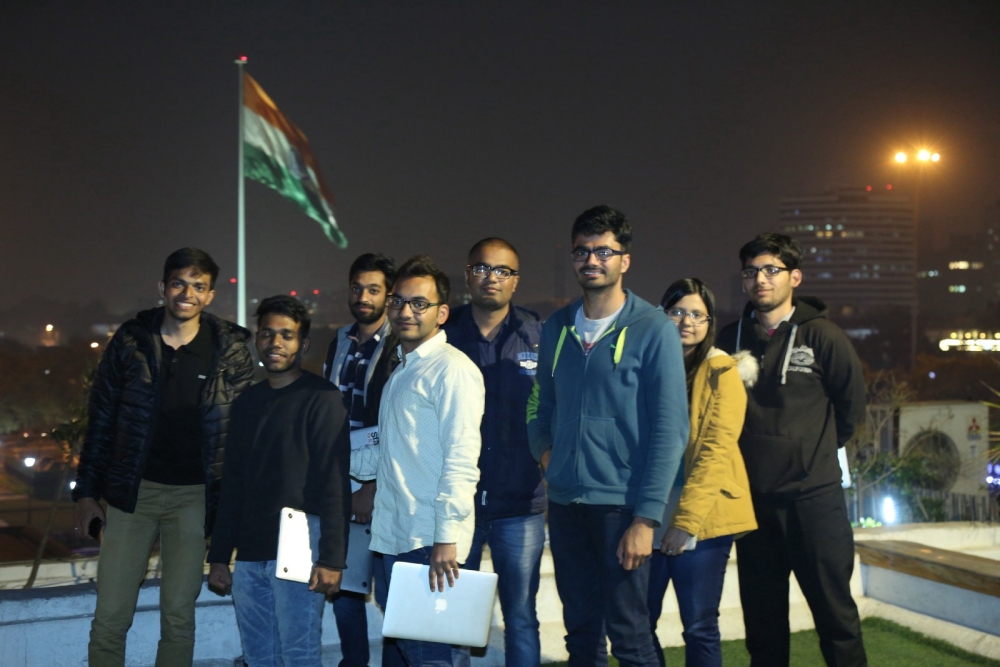Ninety percent (90%) of Indian engineers lack essential employability skills. The Indian job market is rife with opportunities; however, do our engineers have what it takes to steer ahead of the global competition? The report suggests otherwise.
Besides the incompetencies, a far more worrying trend emerges with Indian engineers doing just what it takes at the eleventh hour to pass the exams. And while they are not entirely to blame, such a mentality is a cause of humdrum routine classwork, resulting in the least amount of interests in studies.
What makes matters worse for these students are the unkempt appearance of classrooms, paucity of technological infrastructure and substandard education quality in almost all institutes. Luckily though, these problems have a tried and tested solution.
Gamification for Indian engineers could be a real game-changer
Today, social media constitutes a significant portion of students’ everyday lives. An average Indian student spends approximately two hours on browsing through social media and networking websites.
Students are accustomed to a constant bombardment of information on social media. They are striving to keep themselves ahead of the current issues and trends. So, why not use these skills to their advantage?
Deploying the aspects of gamification, which infuse a competitive spirit through points scoring and interactive learning, students not only engage in a constructive learning process but also participate in the learning process throughout the year, unlike today, when students tend to frantically flick through the course material days before the exams.
Regardless of the location or availability of resources, such a platform will encourage the active exchange of ideas.
A gamification platform can breathe new life into the existing monotonous higher education structure in India.
The technology has the potential to replace the superfluous flow information that runs through the social media with useful and educational content and make learning a voluntary effort; not a forced requirement for a merely financially rewarding future.
Gamification process could help future Indian engineers
Gamification consists of challenges which could help engineers project on real-world solutions while having fun. Students engage in teamwork and confront challenges which allow them to progress and stay motivated through the learning activities. the feedback process encourages students to learn.
Gamification framework was actually developed to help increase cognitive capacity, analytical capabilities and normative ambitions of learning. The report concludes that gamification can usefully be deployed in higher education and form a part of the mix of pedagogic approaches.
The application of gamification had resulted in great business success. One is Deloitte that had a problem with a leadership training curriculum that lacked response from senior executives to start and complete the program.
The world-renowned company turned to a gamification app developer to introduce gamified elements like badges, leaderboards and status symbols that measured how many executives were participating and completing courses.
The average time to complete the training curriculum dropped by fifty percent (50%), and the program has seen a over forty-six percent (46.6%) increase in the number of users that return to the site daily.
Another example is Microsoft with its “Language Quality” game, which involved a very simple Silverlight application. As users view screens to check for language accuracy, Microsoft included intentionally poor translations to make sure its employees were actually paying attention.
When this was observed, forty-five hundred (4,500) users reviewed five hundred thousand (500,000) screens and improved translations based on their native languages. Microsoft Japan actually took a company-wide day off to play the game and ended up winning the leaderboard.
Another example, gamifying Google’s travel expense system translated into one hundred percent (100%) compliance within six months of launching the program. Google gamified the expense process by allowing employees to choose what happened to the remaining money when they did not spend their whole allotments for the trip — getting paid out in their next paycheck, saving funds toward a future trip or donating it to a charity of their choice.







